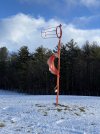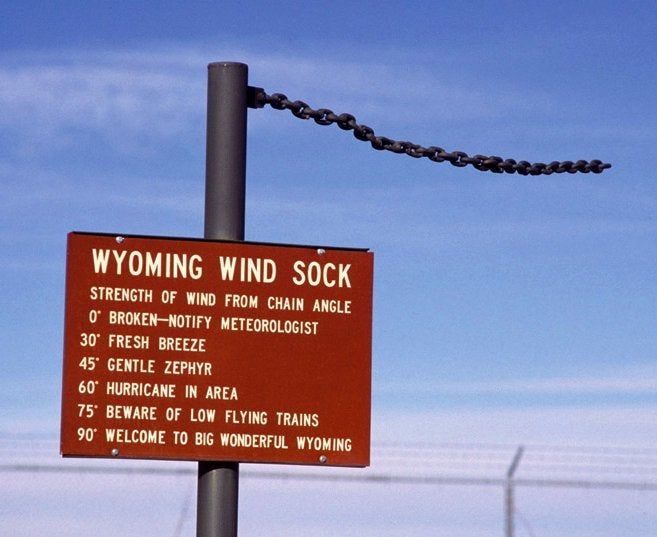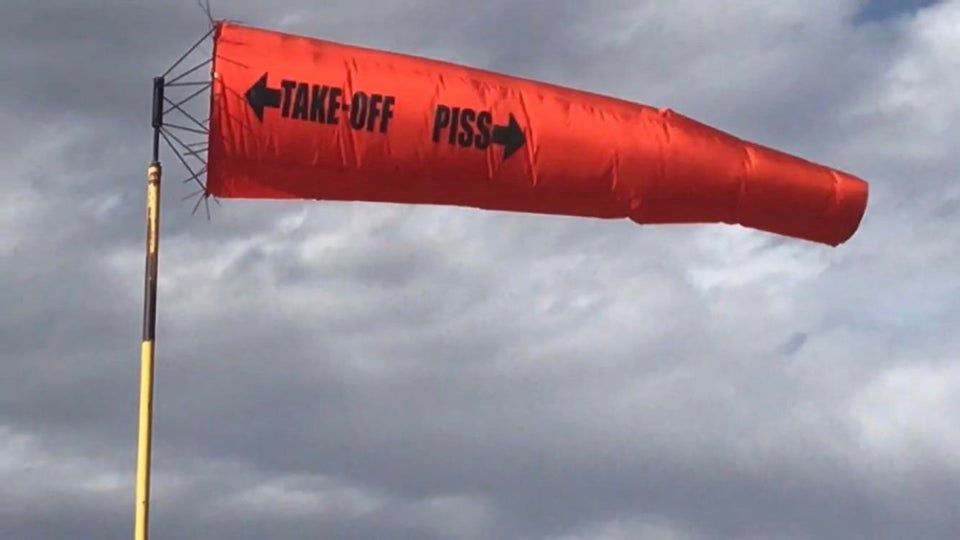StraightnLevel
Line Up and Wait
- Joined
- Dec 8, 2023
- Messages
- 544
- Display Name
Display name:
StraightnLevel
How much wind is acceptable for a training flight?
The reason I ask is that my instructor is pushing me to make the call on weather-related flights. I’m not sure that I have enough experience yet to know. Yesterday we went up with 10-15 knot gusting winds, and it was pretty bumpy - not a good use of the time. It was my call to fly anyway, and I did get some seat time. Now I know that 15 knots is more than I want to deal with for maneuvers and pattern practice, but that is just one data point. Today I canceled out on a 9-knot TAF….am I being a wimp, or exercising good judgment?
Where is the line? How much is too much, and what should I expect as just “normal” and plan to deal with it?
The reason I ask is that my instructor is pushing me to make the call on weather-related flights. I’m not sure that I have enough experience yet to know. Yesterday we went up with 10-15 knot gusting winds, and it was pretty bumpy - not a good use of the time. It was my call to fly anyway, and I did get some seat time. Now I know that 15 knots is more than I want to deal with for maneuvers and pattern practice, but that is just one data point. Today I canceled out on a 9-knot TAF….am I being a wimp, or exercising good judgment?
Where is the line? How much is too much, and what should I expect as just “normal” and plan to deal with it?




